The 110 format has really grabbed my interest despite an initial cool reaction. I now find myself with two more of these cameras thanks to an auction job lot, only one in full working order (GAS strikes again). The precision of manufacture and materials, and the complexity involved in order to achieve such simple operation is proving to be fascinating.
After modifying a spiral to allow me to process 110 films, I now find myself deconstructing a cartridge to investigate the cause of some scratching and the possibilities for re-use of the cartridge. This has led to the discovery that the Lomgraphy 110 cartridge can be opened with minimal damage. Other brands are likely to be similar, since the format was a commercial one which would require overall standardisation of equipment. Having only used Lomography films myself, my comments can only apply to them of course but information on other brands would be useful to know.
Why bother?
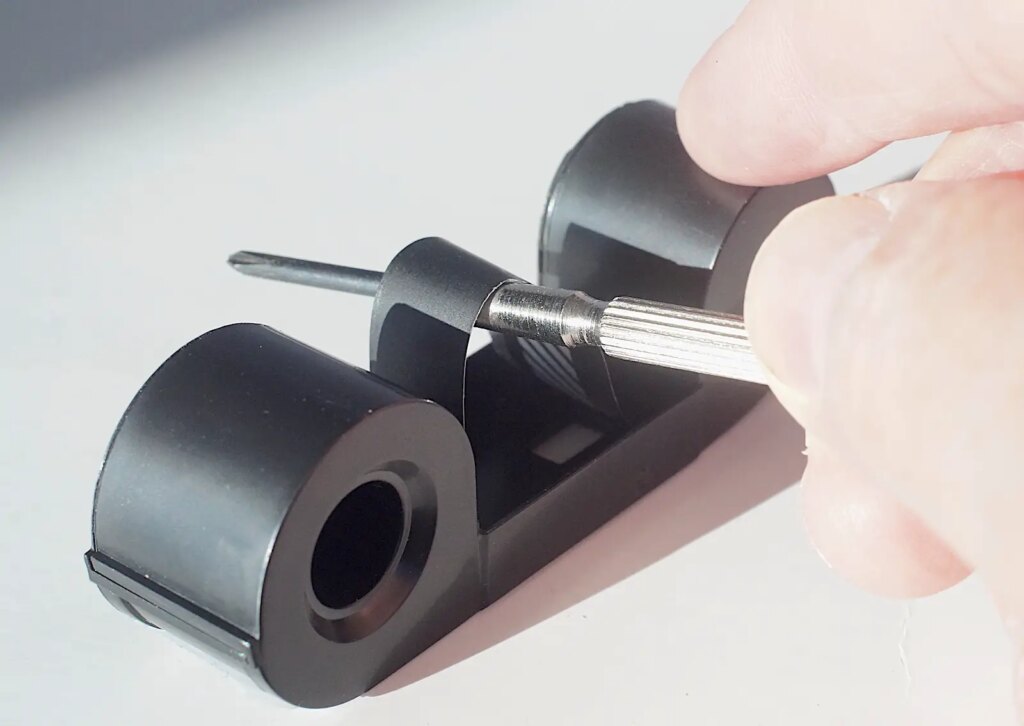
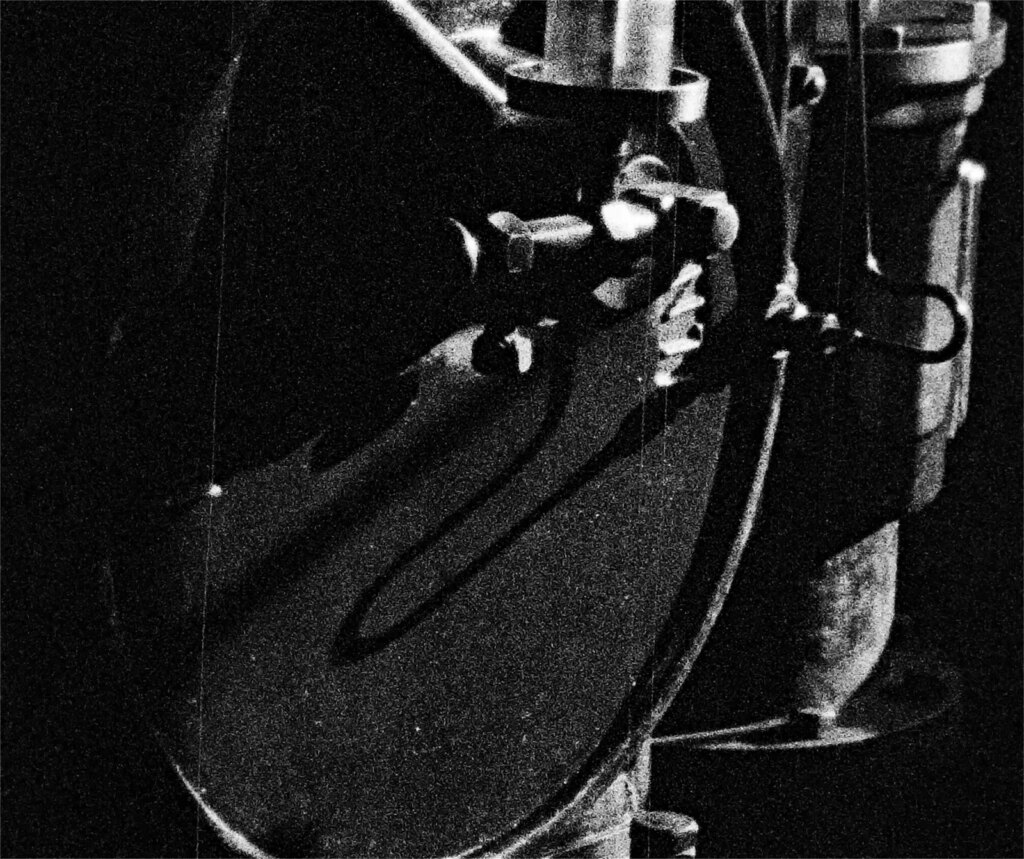
My first home processed film had some random scratching which was at an angle, suggesting it could have been caused as I drew the film out of the unopened cartridge for loading into the tank. The scratches were not the usual tramlines parallel to the film sides. This scratching would be unacceptable commercially, even breaking the cartridge apart would have the potential for damage to the emulsion so presumably a less drastic way of extricating the film must be employed by labs.
I decided that I should try to open the cartridge with the film still on the take-up spool.
Construction.
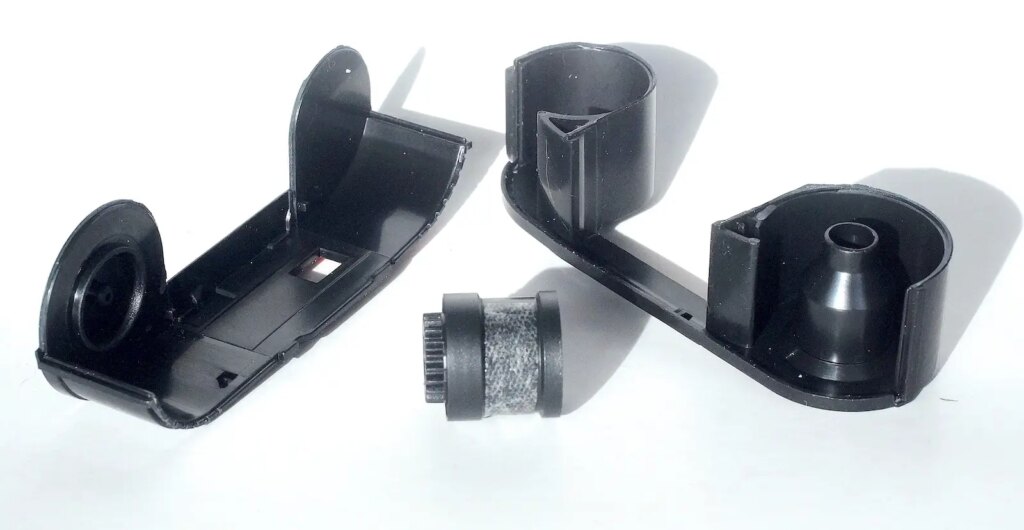
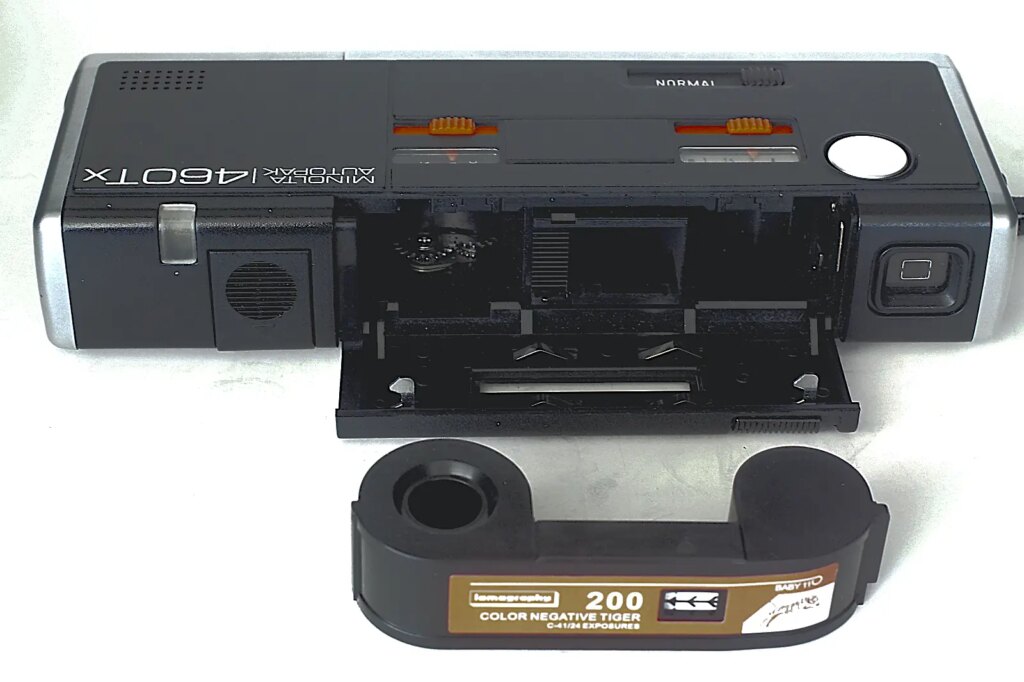
With the film and backing paper out of the way I could examine the plastic cartridge more closely. It consists of three components, two forming the shell plus a take-up drum with an adhesive strip to retain the end of the backing paper. The tightly coiled roll of film and backing paper travel from the smaller chamber to the larger one containing the take-up drum. This drum has the gear moulded into its base that connects with the camera’s winding mechanism. The film doesn’t appear to be fixed to the backing with tape, only a couple of dimples in the film making any connection other than friction.
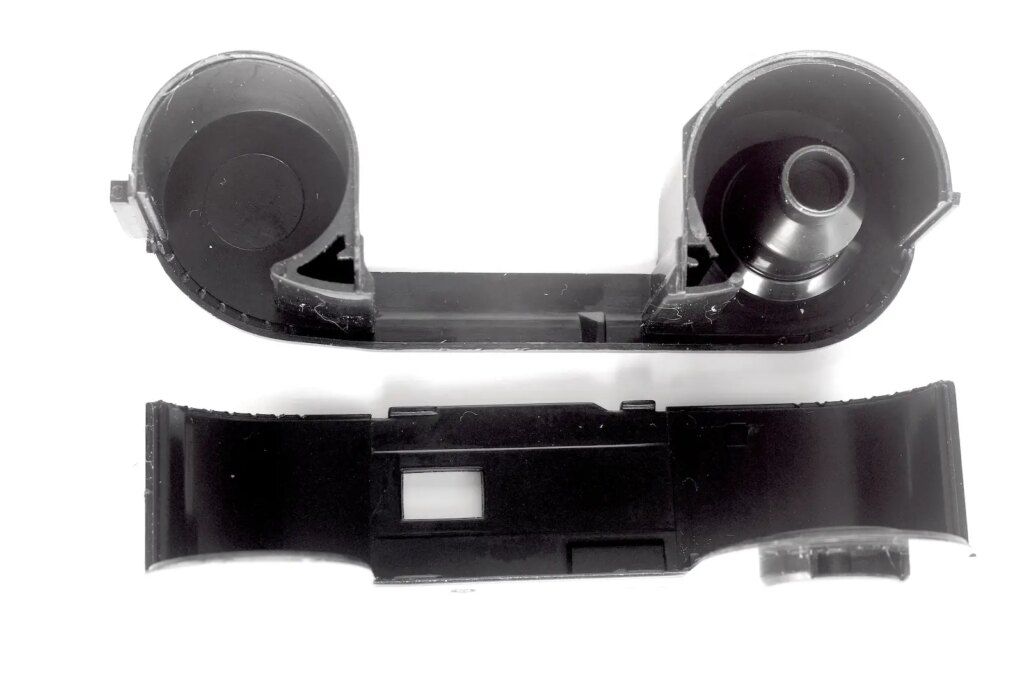
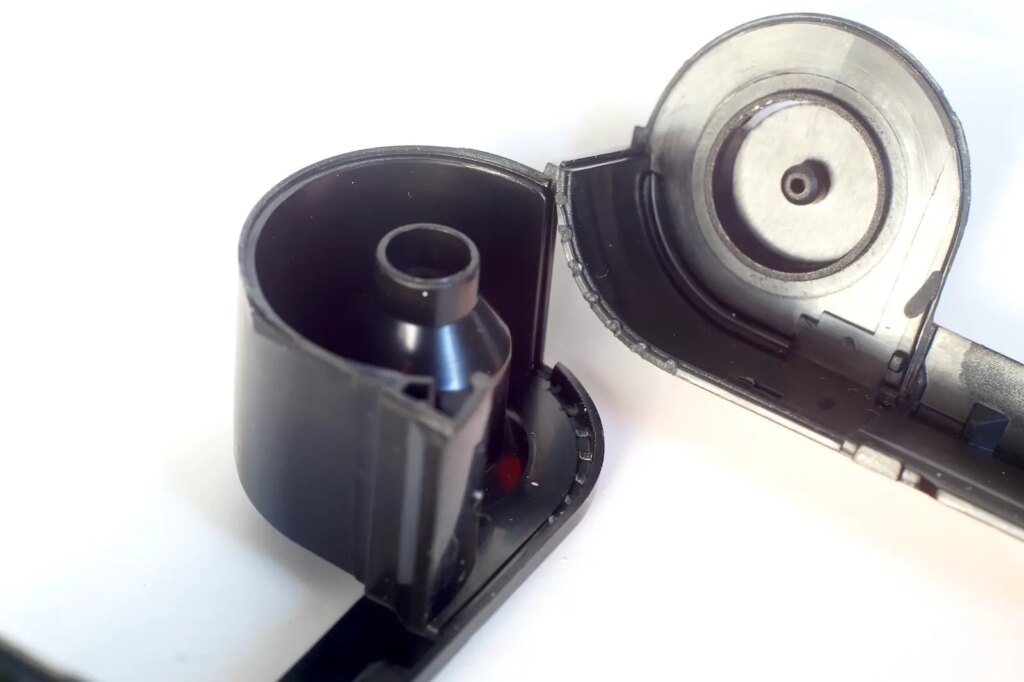
The two components of the body are held together by welded dots in the plastic around the curved shoulders on one long side and at each end of the top plate. The rest fit together dry with tabs, slots and grooves.
Taking it apart.
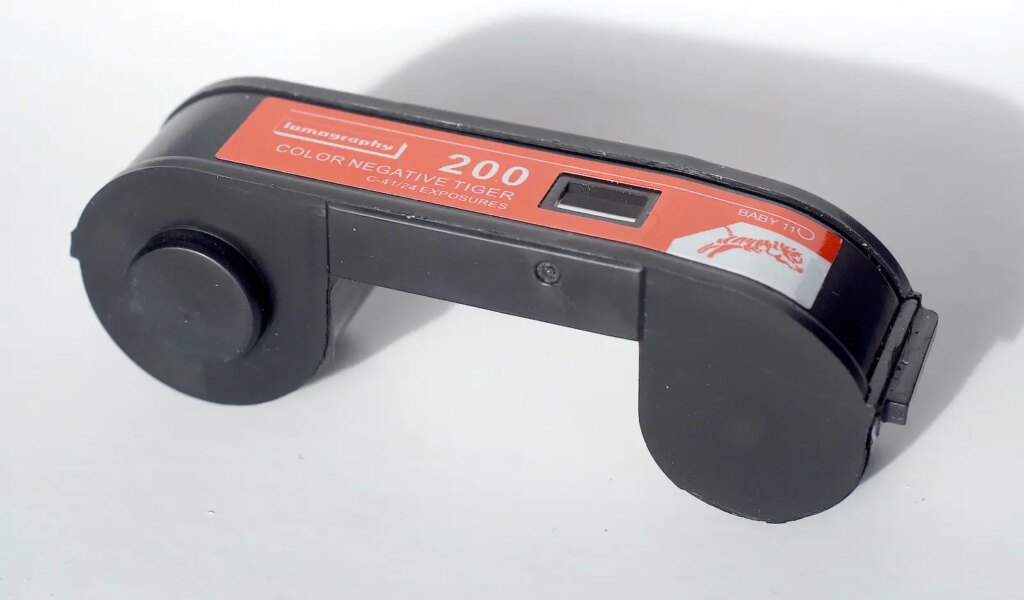
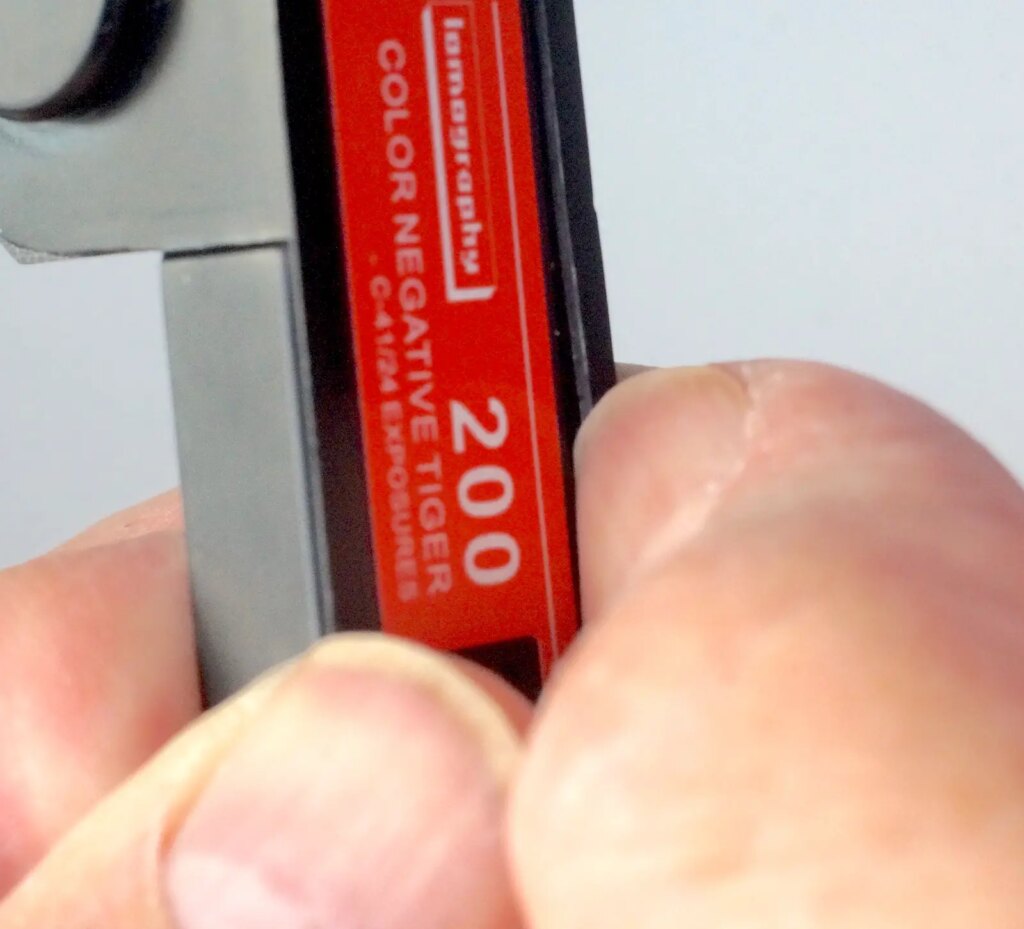
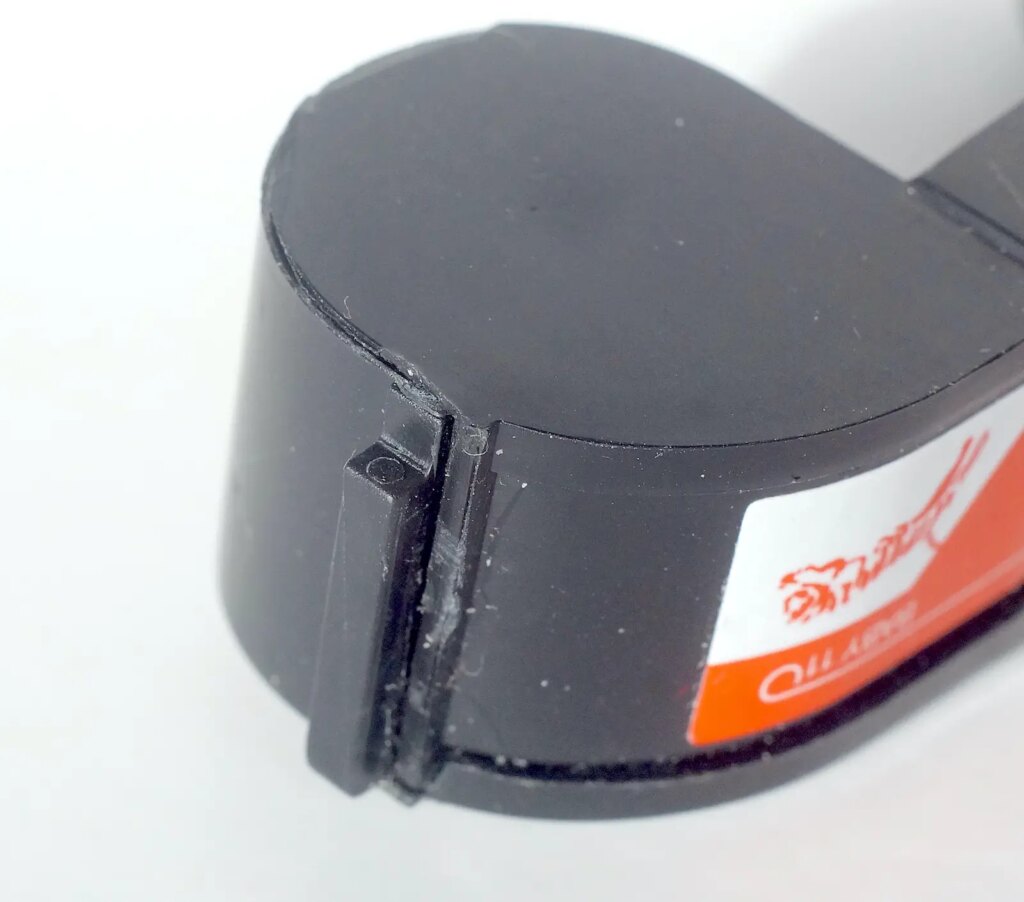
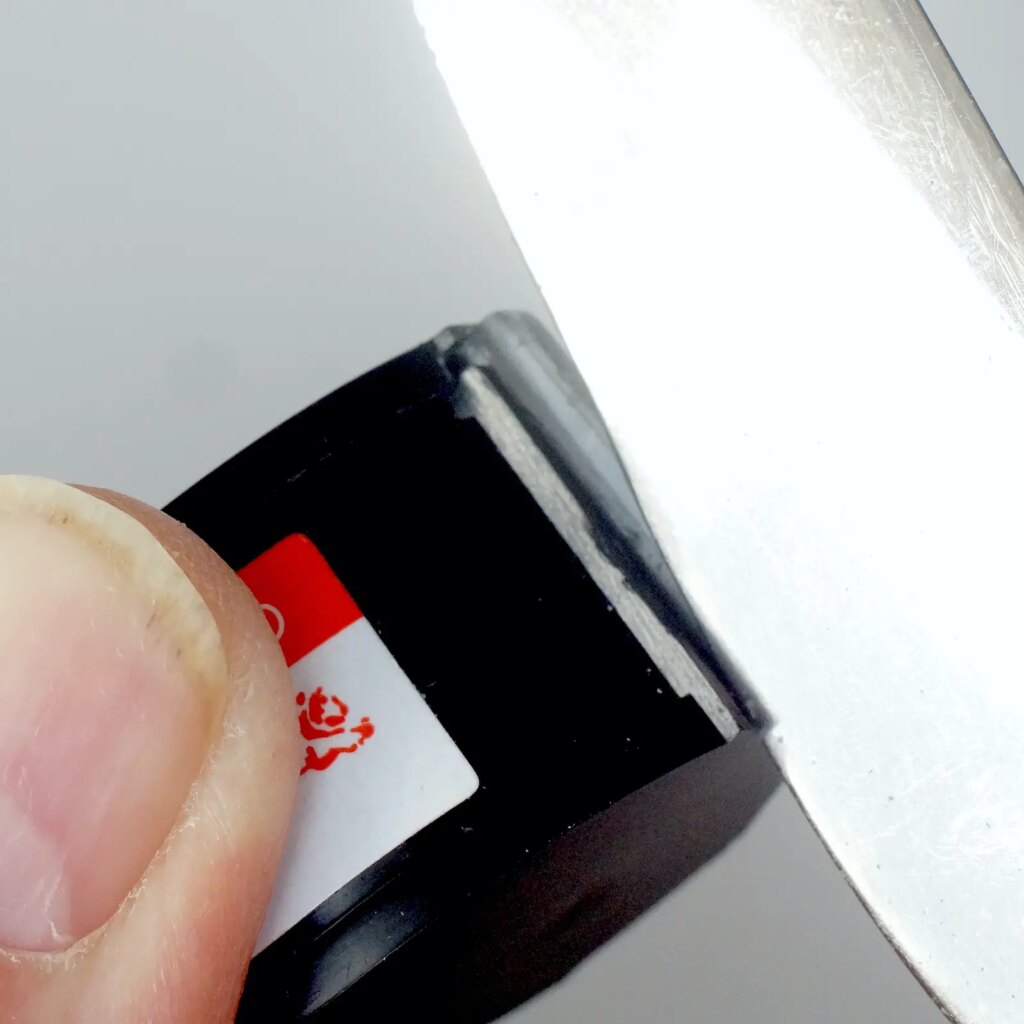
All the articles I have seen about getting a cartridge apart have involved cutting the plastic with very sharp knives. Separating the parts non-destructively means they can be taped back together more easily whilst maintaining their designed light-trapping and dimensions.
The steps I took for dismantling the empty cartridge were as follows:-
1. Pressing down on the label I worked a thumb nail under the lip of the top component to break the welds at the shoulders by working along in each direction.
2. Inserting a cutlery knife blade into the groove at the small end breaks any resisting welds and prises the two body components apart.
3. A similar action separates the other end allowing the take up drum to be extracted.
Unfortunately my next effort to open a cartridge still containing film was less successful. I did manage to break the welds and seperate the smaller end with some difficulty but the take-up end completely refused to separate and broke apart, rendering it un-useable.
Why was it so very different to the empty cartridge I had investigated earlier?
I decided that it came down to the absolute precision with which these things are made in order to keep the film in register through the gate, there being no pressure plate. The lack of a fixing between film and backing mentioned above suggests that the tolerance is only sufficient for the film and backing paper to pass through the constrictions at the shoulders where the welds are located.
The film and backing paper are a very tight fit leaving no room for the plastic to flex in order to break the welds. This was why the full cartridge had been so difficult to separate. A purpose-made device must be used by labs to open them safely for processing, presumably part of the original, overall system component’s design.
Pulling the film out of the unopened cartridge with care and then opening it when empty in the light looks to be the only approach to allow re-use of an undamaged cartridge. Some scratches may be unavoidable in that case. This was confirmed by my third film which I loaded for development in this way and successfully separated the parts later, a little less easily than the first I have to say, so some variation must be expected.
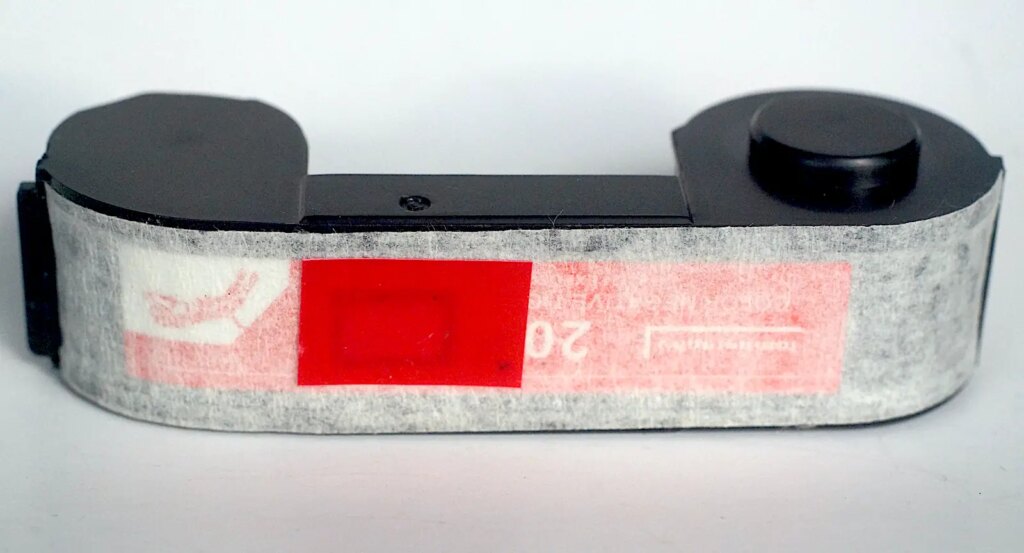
The conclusion.
The end result of all this is, hopefully, an intact cartridge that can be re-used if you are so inclined. There are several articles about reloading online that can be looked up, generally using 16mm cine film, copying film or larger formats slit down to size.
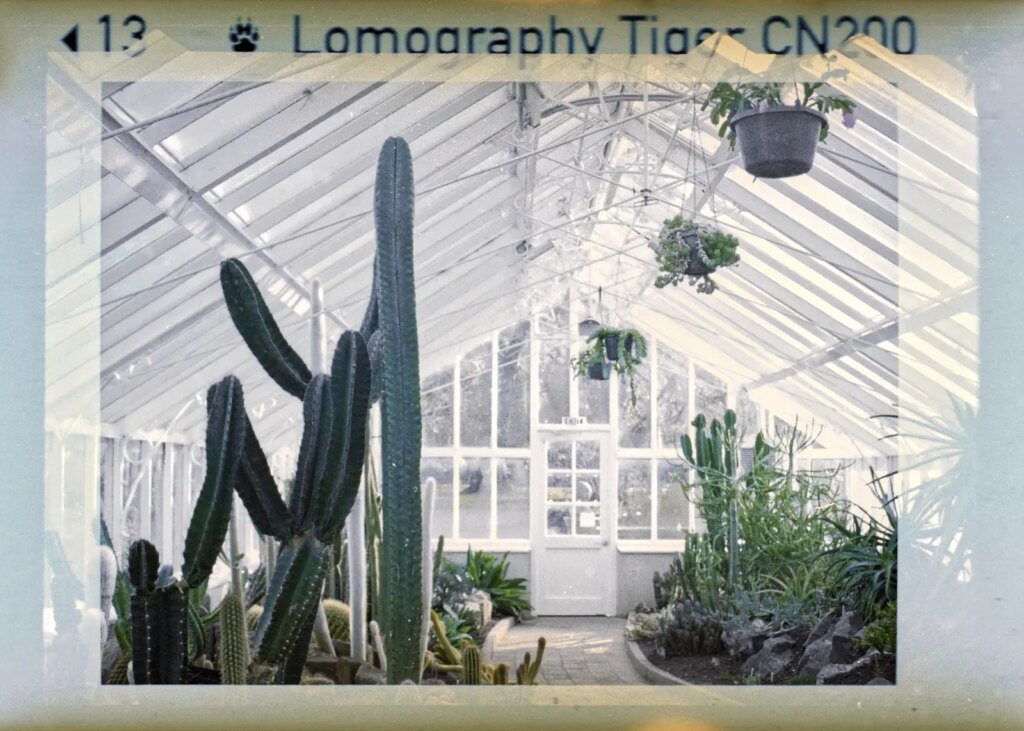
Using film stock without the pre-printing would make better use of the lens’ coverage to improve quality a little. 110 films are ‘crippled’ somewhat by being masked down to roughly 4:3 proportions.
The Minolta 460 Tx I use gives a well corrected, complete image closer to 35mm-like 3:2 proportions, around 13.5 x 19mm, an improvement over the standard 13 x 17mm and approaching half frame 35mm. This fills the full, available image opening in the camera body, giving an extra 35 sq mm or 16% of the frame area.
I had read, however, that interlocks can prevent shutter operation without the perforated 110 film in place. These interlocks will be provided to allow wind-on to the first frame, spacing subsequent frames and winding off after the last one. There are no perforations before or after the pre-printed frame count to confirm this. Unperforated film would keep the shutter disconnected all the time as a result. A further interlock may be present on some cameras that prevents operation until it senses that a cartridge is installed.
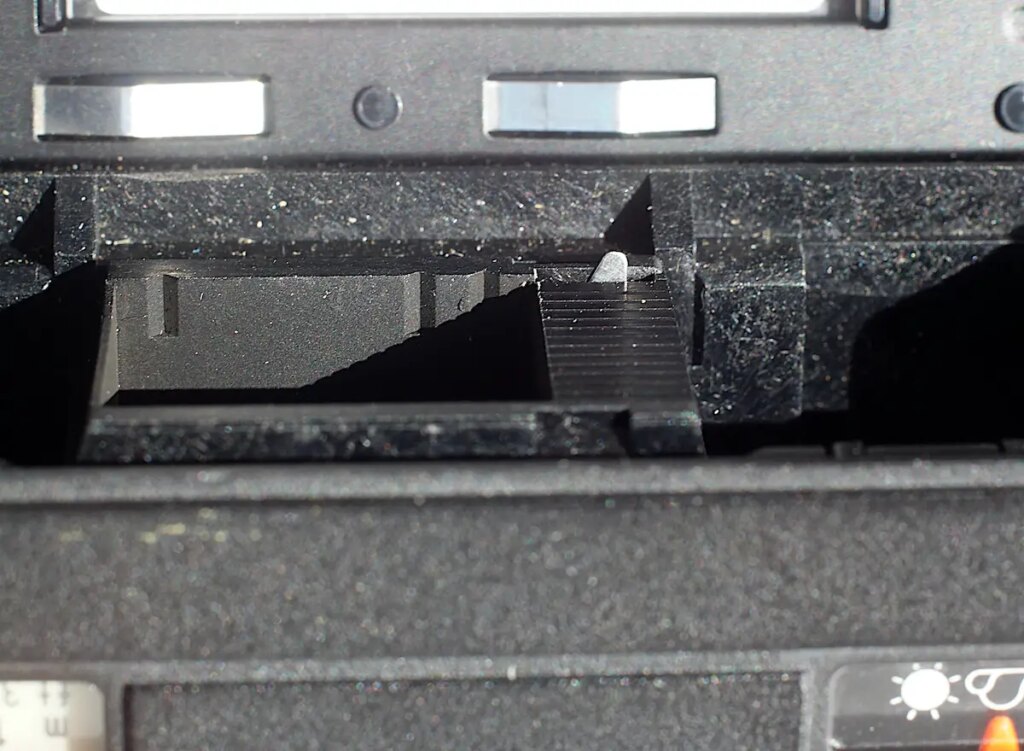
Running a double layer of backing paper through to simulate the thickness with a film, the shutter was blocked throughout. The small arm protruding from the edge of the image opening is depressed by the film until the perforation reaches it allowing it to rise and release the interlock, controlling spacing but allowing the winder to continue to cock the shutter. Very complex. Cutting off the pin with care would allow the shutter to be released after each stroke of the advance but without any control of spacing. The film-less test showed that only 20 advances are made before the last frame number is reached, with gradually increasing spacing but with no overlap problems.

The Minolta works without film so the film presence interlock is not involved. It is advisable to check all this if you are considering reloading cartridges.
Whatever your ultimate goal, however, I hope this proves helpful in further understanding the system, something I will bear in mind if I get round to making a film splitter, the next logical step.
Share this post:
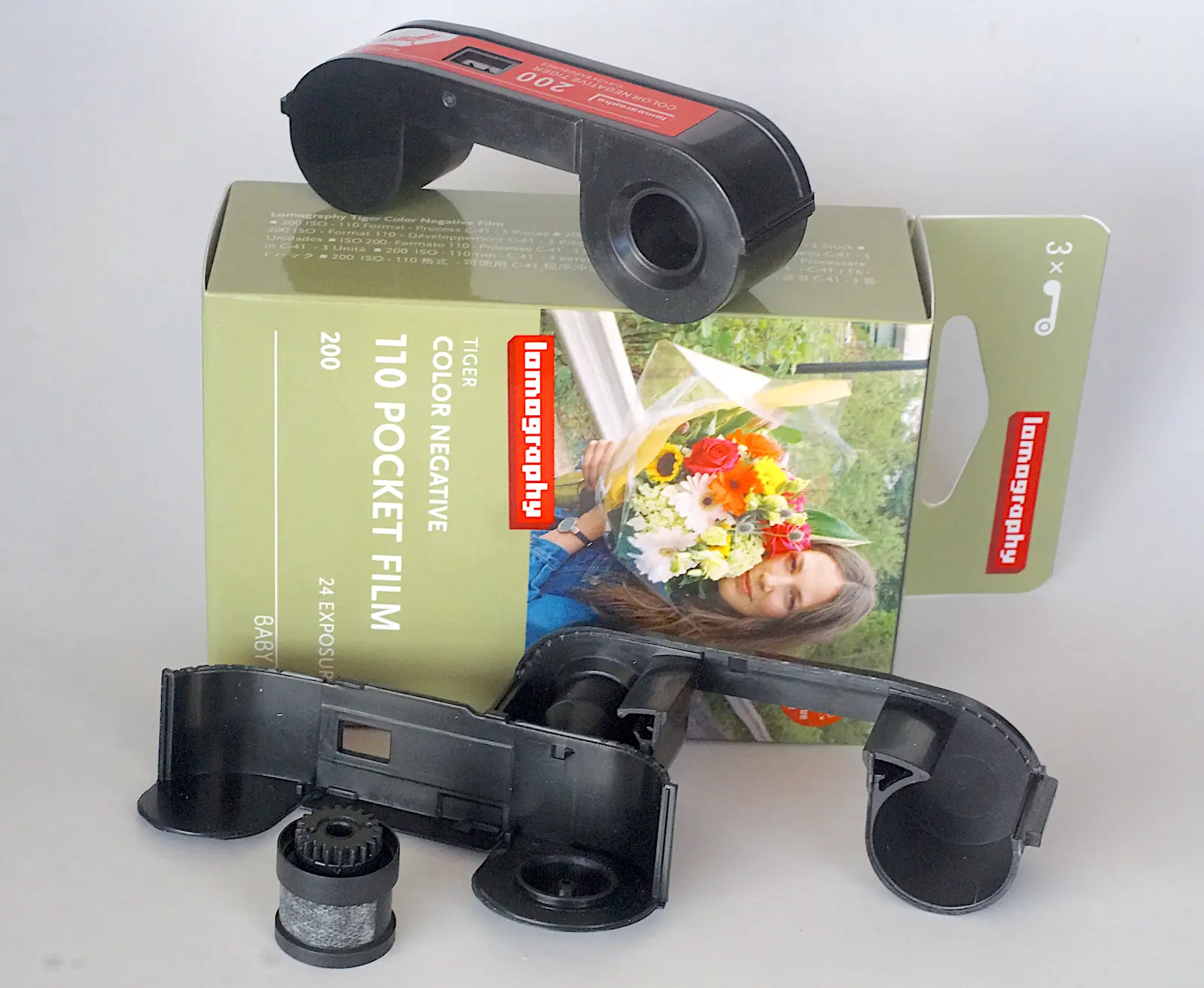








Comments
Bob Janes on Investigating a 110 cartridge and film for possible re-use.
Comment posted: 06/09/2023
While I’m very grateful for their existence, it has to be said that the Lomography 110 cartridges are a bit on the ‘flimsy’ side. However, there are some other options.
Although the film is long expired, I did manage to get hold of some Fukkatsu cartridges – the film was fine when I used it and the cartridge was far more robust. In a similar way old Colour cartridges from Kodak could be used for reloading with 16mm film.
One of the best guides to getting the cartridge apart that I found is at:
https://www.instructables.com/Disassemble-and-Reload-a-110-Film-Cartridge/
When I actually reloaded a Fukkatsu cartridge myself, I just stuck a length of backing paper across the gate bit of the cartridge – this should sort any light leaks but means you have no way of knowing what frame you are on.
Comment posted: 06/09/2023
JW on Investigating a 110 cartridge and film for possible re-use.
Comment posted: 06/09/2023
Comment posted: 06/09/2023
Tony Warren on Investigating a 110 cartridge and film for possible re-use.
Comment posted: 09/09/2023
Shortly afterwards I modified my camera by nipping off the end of the arm that controls spacing and loaded my first recovered cartridge. The camera then refused to wind on and the transport locked up completely and refused to budge rendering it unusable. I must conclude that this is due to either my clumsiness or some other cause. Whatever the reason, it brings my cartridge re-use investigations to an end and I shall use Lomography film in my remaining, functional example of this excellent camera. The splitter will provide film for something that works with unperforated film out of the box like the Kiev 30 perhaps, and the processing side of things is still going to be used so all is not lost. Sub-miniature still intrigues me and I will certainly be sticking with it.